- Home
- Encyclopedia
- Sam Gebo and The Leasing of Federal Coal
Sam Gebo and the Leasing of Federal Coal
Sam Gebo, a brilliant capitalist and con man, was a millionaire by the time he was 21, according to family lore. In the early 20th century he developed coal mines in Montana, Alberta and Wyoming. But his methods for assembling the Wyoming coal properties was fraudulent, the federal government determined, and he and seven of his partners were charged with crimes.
The cases drew national attention, and their end result was a new system of leasing federal coal. This system led in a few years to the leasing systems in place today, which provide a large part of Wyoming’s huge mineral wealth.
Early years
All this might have happened quite differently were it not for the personality of a single man. Samuel Wilford Gebo was born in 1862 in Ogdensburg, New York, to the Gibeaut (zhee-BOH) family. His parents had immigrated to Quebec from France. As a boy he worked on farms for low wages. Later he rowed boats for fishermen on the St. Lawrence River; worked in coal mines in Streator, Illinois; worked for three years in the coal mine he would later own; worked in a coal mine in Sims, North Dakota; learned the difference between coal seams in Illinois; worked with his friend Bill Slack in mines in Portland and Coos Bay, Oregon; and mined with Bill in Renton, Washington, south of Seattle.
“I struck my calling,” he remembered late in his life in a handwritten autobiographical account for one of his children. “I liked the work and I liked the mine.” By the time he was 13, he noted, “I had an understanding with my self [sic] that I would own a mine of my own someday.” As it turned out, he would own many. Sam grew into a complicated mix of intelligence, bravado, business acumen, outsized ego, charm and greed. He also understood the advantages of making connections whenever he could.
By the early 1880s, coal mines near Red Lodge, Montana were opening up, so Sam and Bill followed. Sam continued to work in the mines, owned a cattle ranch, and ran a dairy. In 1892, Sam took up a coal claim at Bear Creek on the Crow Reservation and hauled coal into Red Lodge. According to his own account, he cleared $20,800 that year (about $320,000.00 today). Next, he opened a mine in the nearby Clark’s Fork Valley of Montana, with several other investors.
With another partner, he drilled an unsuccessful oil well and went next to Alberta, Canada to “check out a track of coal land” that was thought to contain coking coal.
A wealthy businessman, A. L. Frank, had asked Sam to join in the new Canadian-American Coal and Coke Company Limited, starting in1900. The mine was located at the base of Turtle Mountain in Crowsnest Pass over the Continental Divide. On Apr. 29, 1903, a landslide sheared off the east face of the mountain and roared down into the pass. Ninety-three people died, according to Sam, and the slide “destroyed all our coke ovens and over 200 of our buildings, tipple and all our Railroad yard.”
Regardless of the situation in Canada, Sam continued his quest to make more money and spend it. Between 1903 and 1904, he bought a small ranch at Fromberg, Montana near Red Lodge. In 1906, meanewhile, he and a group of investors from Butte and the East bought a gold mine at Kendall, Montana, for $1.2 million, according to the Nov. 30, 1906 Carbon County Republican—something like $41 million today. In 1907, according to his account, he took out a $60,000 mortgage on the Fromberg ranch, according to his account.
From his railroad and mining connections, Sam heard about excellent quality coal in Wyoming. When he arrived in Big Horn County in 1905, he “chose a site 110 miles from a railroad”—the Burlington Railroad had yet to build south into the heart of the Bighorn Basin from Montana. Years later he recalled he “freighted [by wagon] 400 tons of the coal 135 miles to make my test, it was the finest coal in the west.”
Sam wanted to mine that “finest coal.”
Image
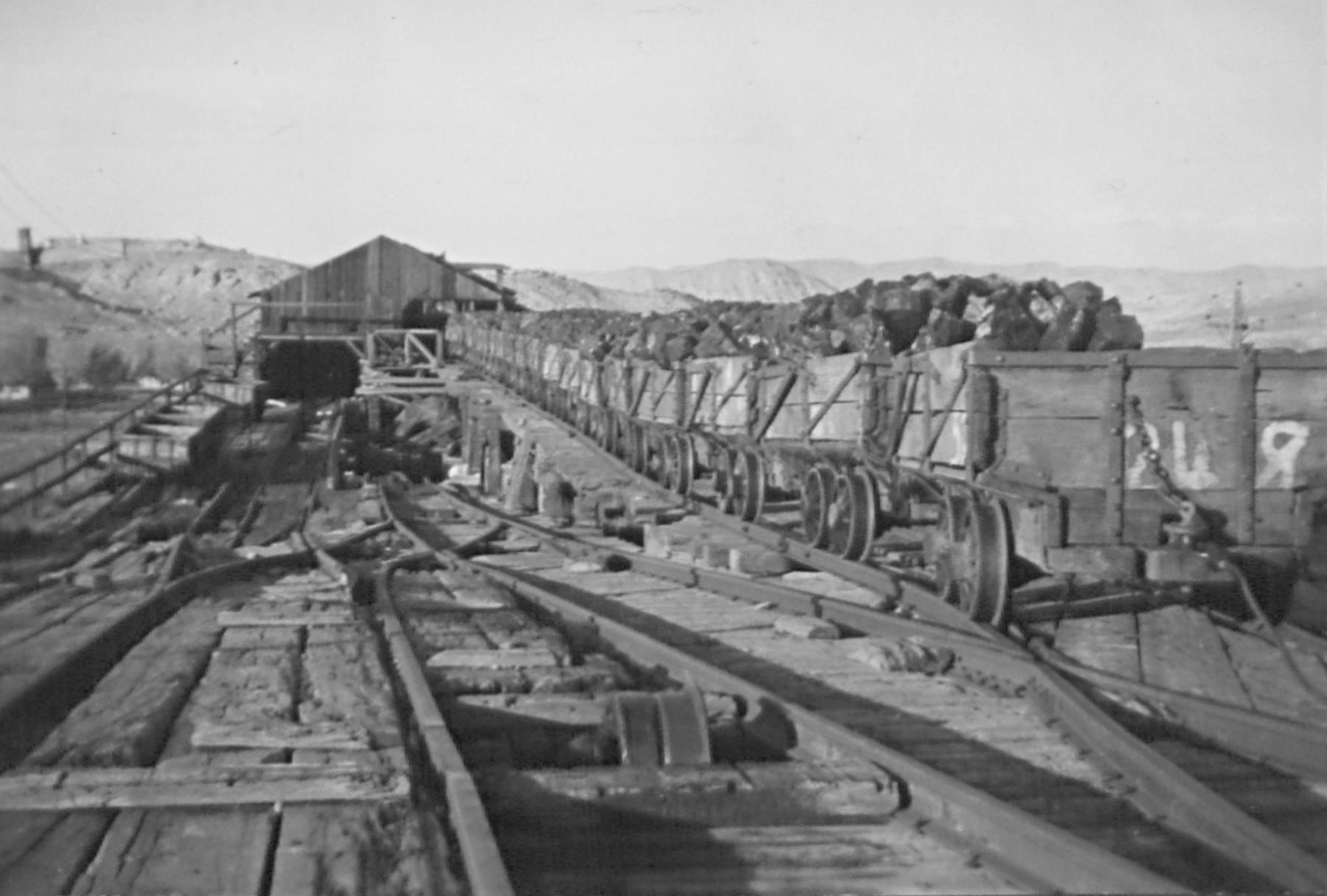
Taking up coal lands
The old 1872 Mining Law allowed companies that extracted any minerals from public land in the West to pay a very low fee for the privilege and, soon, to own the land outright and all the minerals—and profits—that came from it.
But an individual or a company could only file on a relatively small amount of land—two 160 acre claims per individual or per company. Mining coal often required access to much larger areas of surface, however.
Similarly, agricultural land could only be taken up in small amounts. Starting with the Homestead Act in 1862, it became possible for individuals to claim 160 acres of farm or ranch land for free, and if they lived on it and kept working it for five years, they could pay a small fee and “prove up,” or own it outright. Congress passed acts in subsequent decades allowing for larger claims, with requirements that water must be brought to the land, or trees planted.
In arid places like Wyoming, where livestock grazing was the only economical way to make a living off most of the land, these claim sizes were never large enough. It became common in the late 1800s for ranchers to pressure their cowboys into filing land claims in their own names, and after proving up, deeding the land over to their employers. This was fraud, and therefore illegal, but very difficult to prove and seldom enforced.
When Sam Gebo discovered his coal prospects in northern Wyoming, the law allowed him to assemble nothing close to enough for his needs. So he hatched a plan, with seven other men, to obtain thousands of needed acres.
Press reports at the time and later federal charges make clear that with his New York connections, Sam convinced seven other wealthy investors to participate in an elaborate plan to defraud the United States government by bundling together a large number of land claims. Four of the men were from New York: Wilberforce Sully, George W. Dally, Rufus T. Ireland, and Frederick T. Wells. With Sam in Wyoming were John Nelson, John B. Wight, and Thomas P. McDonald.
The New York investors paid 64 men and women $5 each to apply for a $15 mining claim. These “entrymen” (people who entered an application for a claim) included residents of Amityville, New York, and bartenders and elevator operators in Harlem. It was a plan not unlike what many Wyoming ranchers had used over the years to assemble enough land to stay in business. But this was much larger. The funds raised in New York were then transferred to Wyoming to make the applications for the claims.
Two mining companies were organized near the new coal camps of Crosby and Gebo, north of Thermopolis, Wyoming: the Northwestern Coal Company and the Owl Creek Coal Company. The Northwestern company brought the conspirators 1,760 more acres than they were entitled to, and the Owl Creek Company claims brought them 4,312 more acres than they had the right to obtain.
Then the investors made a huge tactical mistake. Instead of filing the claims piecemeal at the federal land office in Lander, Wyoming, they made the transaction all at once—on June 22, 1906—in the names of the two companies.
According to the writer Thomas A. L. Nicholas, who wrote an article about it in the 1960s, the total fees paid at the time came to $120,000 (something over $4 million today). This brought intense scrutiny from the federal government. Had Gebo and his partners established dozens of little companies, each to hold 320 acres, the claims would have been legal. But concentrating all those claims in the hands of just two firms raised red flags the government could not ignore.
Image

The mines and their towns
The prospect of the mines led the Burlington Railroad to expand south in 1906 from Frannie in northern Wyoming to a rail hub at Kirby, north of Thermopolis. Coal camps—company towns—at Gebo and Crosby soon grew up next to the mines. The coal was transported by rail three miles from the mines to the railroad hub of Kirby. From there, the coal was shipped out to numerous destinations.
Image
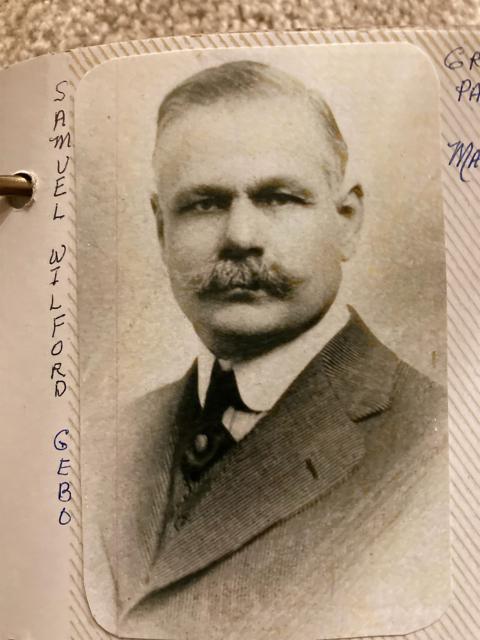
Because of the high quality of the coal Sam and his partners had coveted (it burned hot and left only three percent ash), the district quickly grew. As many as 16 nationalities came to live there, with Gebo eventually growing to approximately 2,000 residents. It was for a time the largest “municipality” in the Bighorn Basin. Because Gebo and Crosby were never officially incorporated, exact census figures were never available.
The coal was used largely in households and for other domestic uses. Rufus Ireland, Jr., son of one of Gebo’s principal partners, recalled in a 1968 letter to the writer Thomas Nicholas that around half the coal mined in Wyoming at the time was used to fuel railroad locomotives—and essentially all the coal from mines at places like Rock Springs and Hanna on the Union Pacific route went to the railroads. Not so Gebo and Crosby, he recalled, “as there was a much better realization [profit, apparently] in the open market.”
And the miners themselves benefited. “A lot of miners are drifters,” Ireland noted, “and Gebo, Wyoming, had men from most coal fields at one time or another, and we were told by miners that they could earn a lot more in Gebo and Crosby than anywhere else in Wyoming or Montana.”
The legal cases
Soon after the claims were filed and the fees were paid, the federal government began investigating. In February 1907, investor Wilberforce Sully’s secretary, George Dally, was indicted for subornation of perjury, but those charges were later dropped. In June 1907, according to later press reports, charges were prepared against others. Some testimony was taken in January 1908, but no further steps were taken by the government until May 1909, when the government empaneled a grand jury in Cheyenne and obtained indictments against the investors.
Sam and the other seven co-conspirators were each arrested and charged with fraud. The indictment stated that “9,500 acres, included in 32 coal cash entries” were illegally included in the original applications.
In July 1910, the Department of the Interior canceled the illegal entries and issued an order to close the mines. That decision was appealed twice, with the government prevailing in both cases. During the appeals process, the mines kept operating. A.H. Peterson of the United Mine Workers local union in Gebo wrote to Sen. Francis E. Warren of Wyoming on February 6, 1912, asking him to intervene with the Secretary of the Interior and keep the mine officially open:
If the secretary decides against the investors, they will be shut down, and we will be thrown out of employment in the dead of winter. There are several hundred people depending entirely on this mine for a living, and most of them are men of families. . . . Now, we do not want the Government to condone any kind of fraud for our sakes. . . . But . . . If they cannot get a title to their land, can they not get a lease?
Image
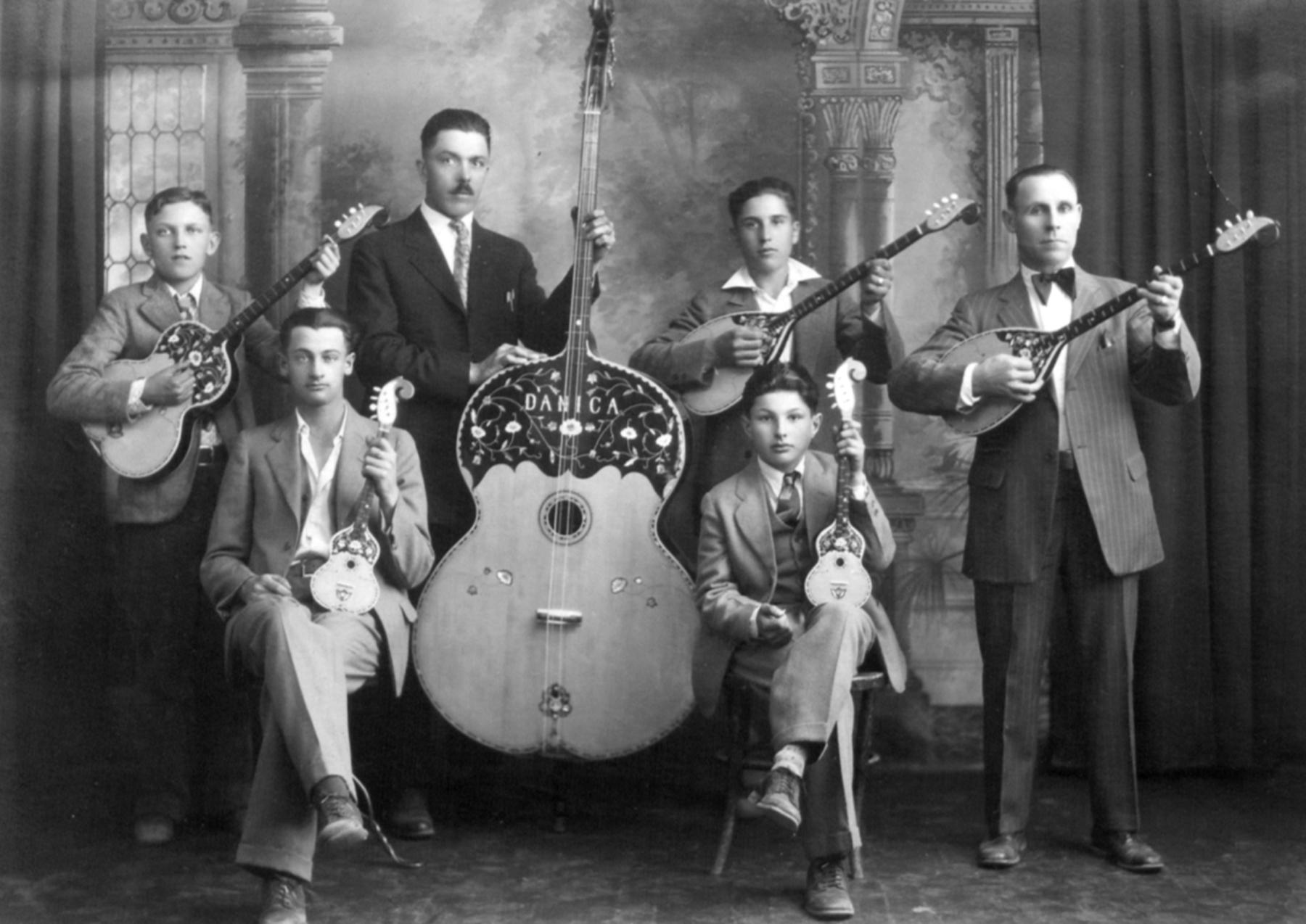
Image

Leasing federal coal
Sen. Warren was successful. In August 1912, Congress approved a so-called private resolution giving the secretary of the Interior authority to allow the Owl Creek Coal company to keep the mines open. In exchange, the company agreed to pay a royalty of 6 ½ cents per ton on all coal mined. This was the first lease of federal coal in the nation.
The term of the lease was 10 years, with an option to renew it for five years at a time for up to 30 years. The tract encompassed 2,480 acres of the original 9,500 acres. In addition to the royalty, the lessee was required to pay an annual rent of $1 per acre on the property; the royalty would rise to 8 cents per ton for the second five years.
Delayed by World War I, Congress in 1920 finally got around to reforming the system when it passed the Mineral Leasing Act. The new system divided the legal status of oil, natural gas, coal and phosphates from the so-called hard rock minerals like gold, silver, copper and lead, and established the leasing system that continues today. Companies pay up-front fees when they first lease a piece of federal land with, say, oil or coal on it. Then they pay the government a royalty of one-eighth—12.5 percent—of the revenue they get from sale of the mineral produced from the land. At a coal price of around $2.50 per ton in 1912, the Owl Creek Coal company’s 6 ½-cent royalty would have been a rate of between 2 and 3 percent.
The criminal case, meanwhile, remained in court system until 1913, when each of the defendants was found guilty and sentenced to pay a fine of $1,500. Co-conspirator Rufus Ireland and some of the other investors were allowed to act as lessees on behalf of, and remain as stockholders in, the Owl Creek Coal Company. According to Ireland’s son, the Ireland family held the lease until the 1930s. Nicholas stated that it was discussed in various circles that had the defendants each set up a corporation and filed a claim of 320 acres, those filings would have been legal.
Image
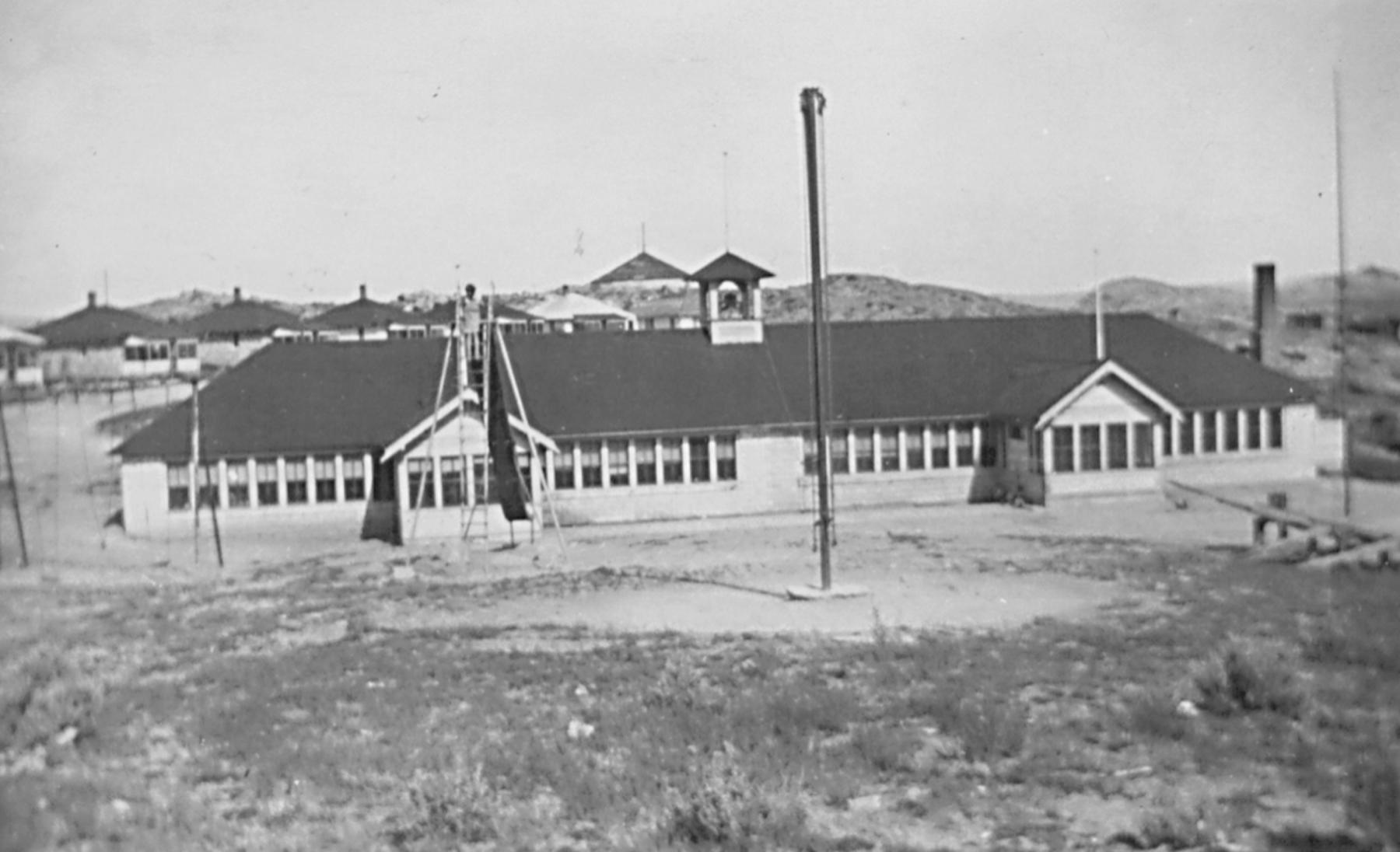
Sam’s later years
Shortly afterward, Sam abruptly left the United States and moved to Guatemala, with his second wife Leona and three of their children: Paula, Virginia, and young Sam. He left everything on the ranch near Fromberg, Montana—house, barn, animals, and equipment—to be put up for auction; two creditors and the Meyer & Chapman State Bank moved to foreclose on the mortgage.
According to Sam’s granddaughter, Marilyn Johnson Press, Sam owned a marble quarry in Guatemala for approximately 13 years. One of the sons from his first marriage married a woman from Guatemala and helped run the mine. Sam traveled back and forth between Central America and the United Sttes before Leona and the children came back to America permanently. They lived with relatives including one sister in St. Louis, and then with her other sister, Emma DeLong, in Seattle. They eventually owned a home of their own.
Sam was in increasingly ill health, but he was still able to pay off all his creditors. He came back to Seattle to be with the family permanently. On July 10, 1940, he took his own life by carbon monoxide poisoning. Leona suffered a nervous breakdown; and on Dec. 22, 1940, she threw herself into Green Lake in Seattle and drowned. Young Sam served in the military in Korea and exhibited symptoms of PTSD when he returned to civilian life. On the way home for Christmas in 1954, he jumped out of the car he was riding in and “just ran into the woods.” His family had to bring in dogs to find his body.
According to his granddaughter, Samuel Wilford Gebo and the men in his “orbit” all seemed to possess the “Midas Touch”. They amassed incredible fortunes any way they saw fit and spent those fortunes any way they wished. They honestly believed that nothing bad would or could happen to them. Their egos just “got away from them,” she said.
And partly, at least, because of their mistakes, the nation got a new, stable system of leasing federal coal.
Image
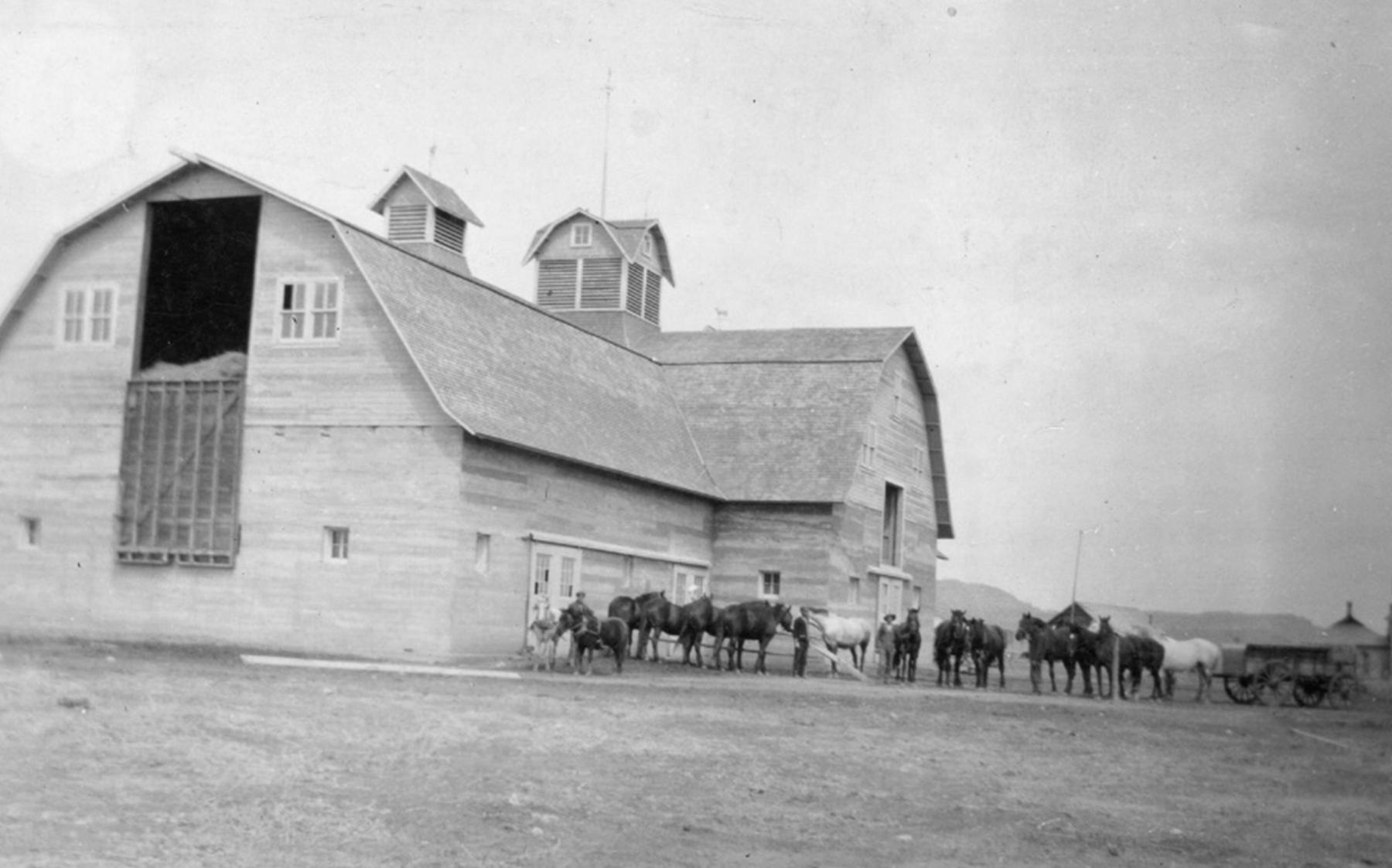
[Editor’s note: Special thanks to Reid Miller at the Bureau of Land Management’s National Historic Trails Interpretive Center in Casper, Wyoming, for his help with sources in this article and his deep understanding of the history of federal land law. Special thanks also to the Wyoming Cultural Trust Fund, which in part made possible publication of this article].
Resources
Primary sources
- Dutcher, Linda, “Montana’s Heritage Barns Program Site Form, Gebo-Hill Barn,” on file at Montana State Historic Preservation Office, Helena, Montana, 2012
- Gebo, Samuel Wilford. Handwritten statement, Jan. 30, 1938, Carbon County Historical Society, Red Lodge, Montana
- Ireland, Jr., Rufus J., letter to Thomas A. L. Nicholas, May 1, 1968, Hot Springs County Museum and Cultural Center.
- Kilwine, Melody, Volunteer, Clark’s Fork Valley Museum, Fromberg, Montana, interview by author, Jan. 10, 2024.
- “MANY ARRESTS FOR COAL LANDS FRAUD, Wilberforce Sully Chairman of American Malt Board, Among Those Under Indictment”, New York Times, Sept. 8, 1909, 1
- Montana’s Heritage Barns Program, Property Name: Gebo-Hill Barn, “History of Property”, 2
- Nicholas, Thomas A. L., “The Gebo Mine and Miners”, Resource Section, Casper Star-Tribune, March 23, 1969, 8, 10
- Press, Marilyn Johnson, interview by author, Jan. 28, 2024.
- Sagrafena, Myriah, Program Coordinator/Lead Interpreter, Frank Slide Interpretive Centre, Blairmore, Alberta, Canada, interview by author, Jan. 17, 2024.
- “SAM GEBO IN NEW ENTERPRISE”, Carbon County Republican, Lewistown, Montana, Nov. 30, 1906
- “SAM GEBO GETS A FINE POSITION”, Carbon County Journal, Fromberg, Mont, Nov. 19, 1909, 1
- United States House of Representatives, Document No. 933, Reports of the Department of the Interior, for the Fiscal Year Ended June 30, 1912. Washington: Government Printing Office: 1913, 8 & 9.
- Van Horn, Becky, Carbon County Preservation Officer, Carbon County Historical Society, Red Lodge, Montana, interview by author, Jan. 26, 2024.
Secondary Sources
- Anderson, Frank W., “Frank Slide”, Feb. 7, 2006, https://www.thecanadianencyclopedia.ca/en/article/frank-slide-feature
- “Frank Slide, Background Research”, BACKGROUND RESEARCH to FRANK SLIDE STORY, FOR the EXHIBIT REDEVELOPMENT DONE in 2008, PART 1, Draft 03-04-07, Prepared by Monica Field, reformatted by Heather Walter, Updated by Myriah Sagrafena 2021, pp. 2, 4.
- Wasden, David J. From Beaver to Oil: A Century in the Development of Wyoming’s Big Horn Basin. (Cheyenne: Pioneer Printing and Stationery, 1973.) pp. 272-275.
Illustrations
- The album photo of Sam Gebo is from the author’s collection, courtesy of Sam’s granddaughter, Marilyn Johnson Press. Used with permission and thanks.
- The panoramas of the Gebo mine and the expanse of company houses, the photo of the coal cars, the Gebo school photo and the photo of the Tamburitza Orchestra are all from the American Heritage Center at the University of Wyoming. Used with permission and thanks.
- The photo of the barn at the Fromberg ranch is from the Carbon County, Montana, Historical Society. Used with permission and thanks.
